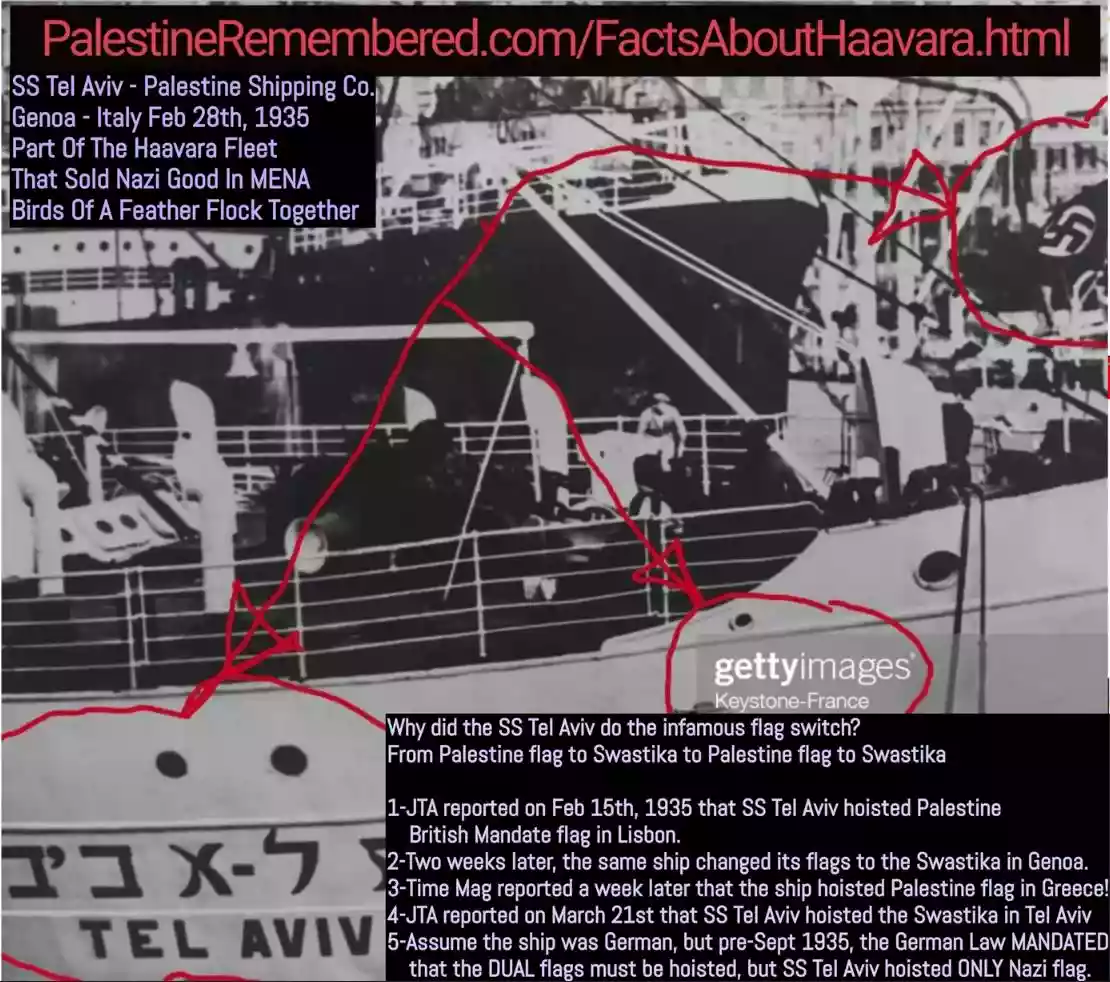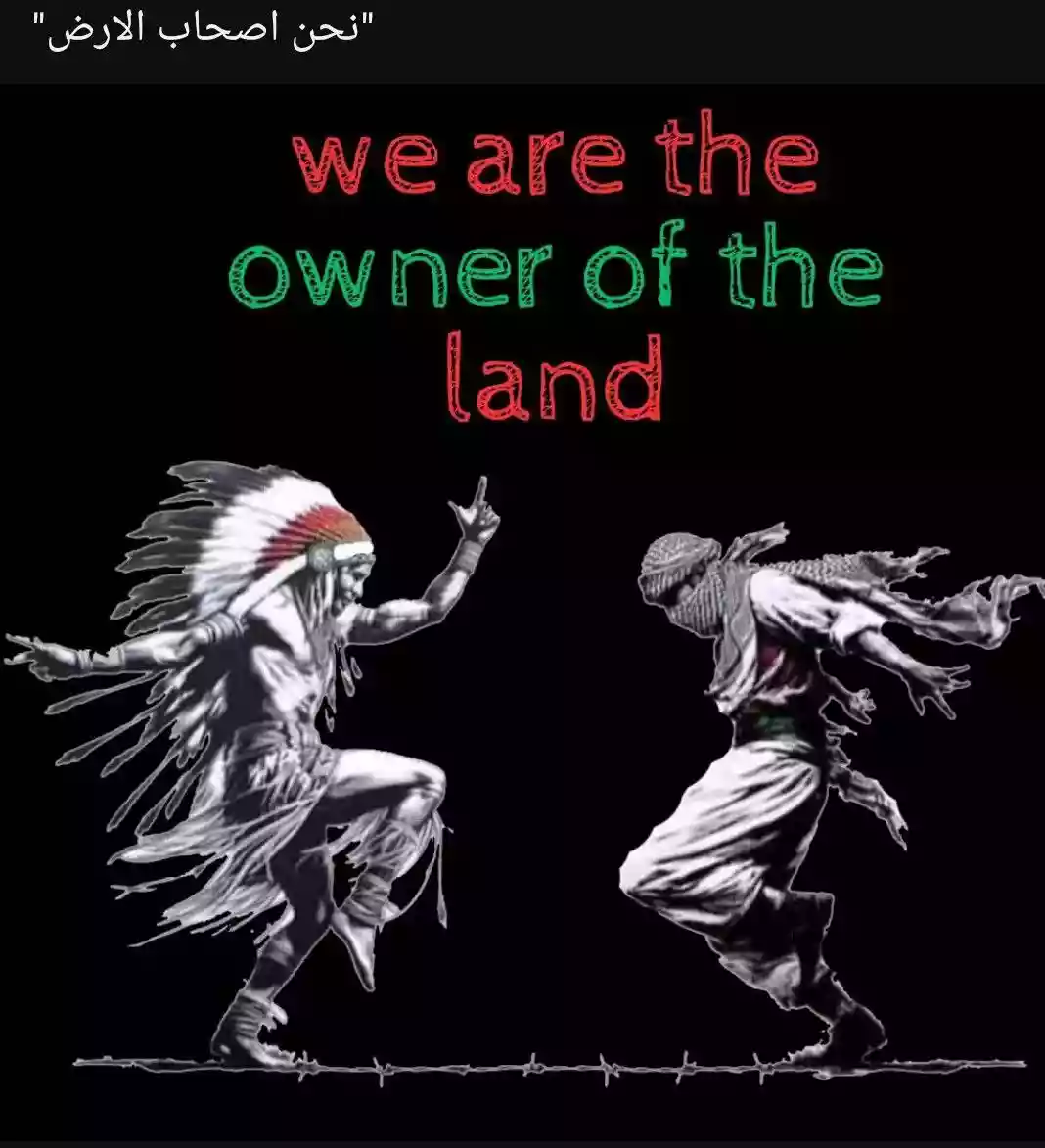| PalestineRemembered | About Us | Oral History | العربية | |
| Pictures | Zionist FAQs | Haavara | Maps | |
| Search |
| Camps |
| Districts |
| Acre |
| Baysan |
| Beersheba |
| Bethlehem |
| Gaza |
| Haifa |
| Hebron |
| Jaffa |
| Jericho |
| Jerusalem |
| Jinin |
| Nablus |
| Nazareth |
| Ramallah |
| al-Ramla |
| Safad |
| Tiberias |
| Tulkarm |
| Donate |
| Contact |
| Profile |
| Videos |
Sands of Sorrow -Depicting the lives of Palestinian refugees soon after Nakba |
Posted on March 5, 2007
|
On the plight of Arab refugees from the Arab-Israeli war. Dorothy Thompson speaks on the refugee problem. Refugees live in tents in the Gaza Strip, are given blankets and food by Egyptian soldiers, and receive flour from UNICEF. A Lebanese priest conducts services. Refugees work as plumbers, carpenters, tailors, and shoemakers in the city of Jerusalem. Doctors vaccinate refugees against disease. Shows the squalid living conditions in refugee camps, starving children, and emphasizes the hopeless condition of the refugees. Click here to download an MP4 version of this movie: |
Disclaimer
The above documents, article, interviews, movies, podcasts, or stories reflects solely the research and opinions of its authors. PalestineRemembered.com makes its best effort to validate its contents.


Post Your Comment
*It should be NOTED that your email address won't be shared, and all communications between members will be routed via the website's mail server.
This makes my spine shivers.
Salah Mansour
about suffring do not ask me i have a lot of destroy
1- it merely describes the Nakba as a "human tragedy" as if caused by a natural disaster and not ethnic cleansing.
2- it merely focusses on the relief effort and nothing else. Not on their immediate return.
3- the only positive thing is to document the state of the refugee at the onset of their displacement.
The objective should not have been to bring long term relief such as employment and schooling but to return them to their homes.